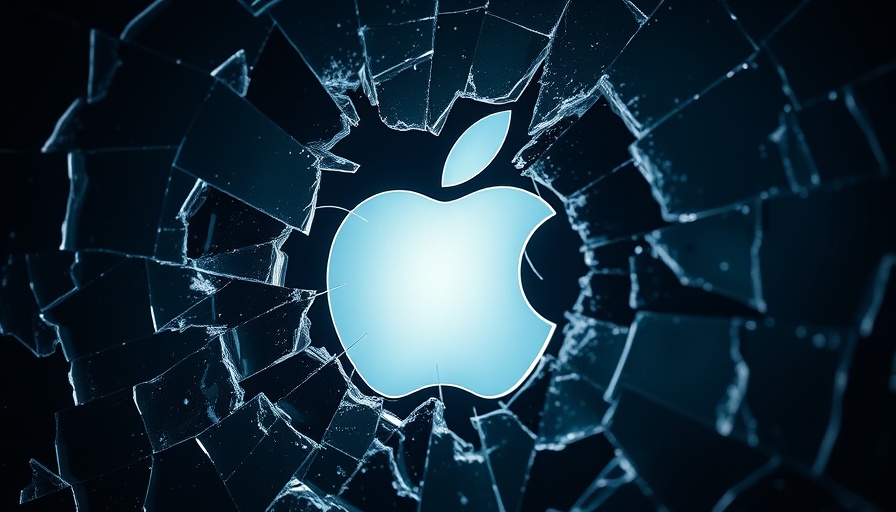
Streaming's Impact on Home Theater Enthusiasts
As streaming services gain popularity, the reliance on physical media such as DVDs and Blu-rays is decreasing. For home theater enthusiasts, this shift raises significant concerns. While mainstream viewers may not miss physical media, those who cherish high-end audio and visual experiences feel sidelined by the trend toward streaming. The question stands: Is investing in a top-notch home theater setup still relevant?
The Niche Appeal of Home Theaters
Creating an exceptional home theater isn’t just a hobby; it’s a passion. A dedicated home cinema setup is a mark of commitment, appealing to those who savor rich cinematic experiences. This market, much like that of luxury cars, caters to a select group of well-funded buyers. These enthusiasts look for quality components like high-performance Blu-ray players, projectors, and surround sound systems, insisting on the best experience possible.
Why Physical Media Still Reigns Supreme
Physical media generally delivers superior quality compared to streaming options. DVDs and Blu-rays often possess higher bitrate capabilities, allowing for richer video and audio fidelity. Once you’ve invested in high-caliber AV equipment, the superior data provided by physical media dramatically enhances the viewing experience. The meticulous mastering process that goes into these discs ensures a level of quality that streaming services struggle to replicate.
The Streaming Quality Challenge
Streaming, while convenient, often results in a noticeable downgrade in quality. Many high-end systems can’t display the full potential of streamed content, as they often lack the necessary bitrate to provide the richest video experience. Viewers are left with a compromise—often having to settle for lower-quality audiovisuals that don't do justice to their expensive systems. While solving this can involve downloading content for offline viewing, accessibility can still be an issue.
What This Means for Future Home Owners
The conversation around home theaters is evolving. As streaming continues to dominate, it could lead to a reevaluation of how we consume visual media. Homeowners and managers investing in entertainment setups must consider their options carefully, assessing whether the lower quality of streamed content can fulfill their needs.
Now, more than ever, it’s essential to stay informed about the balance between convenience and quality. Are you ready to navigate the complexities of media consumption in your home? Explore your options and choose wisely when curating your media library.
 Add Row
Add Row  Add
Add 










Write A Comment